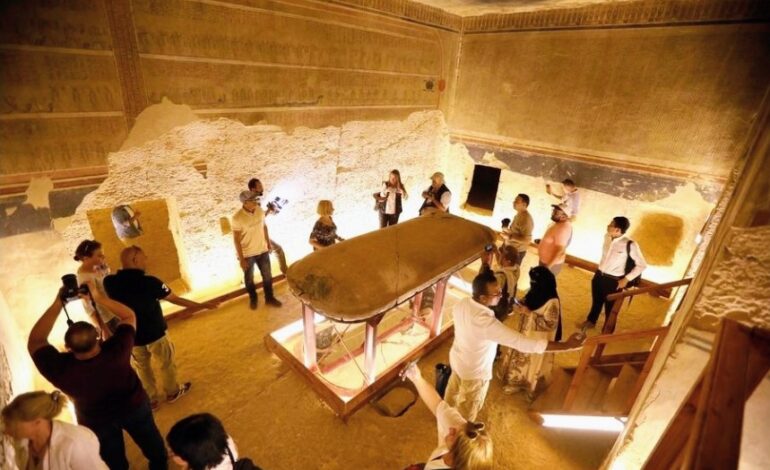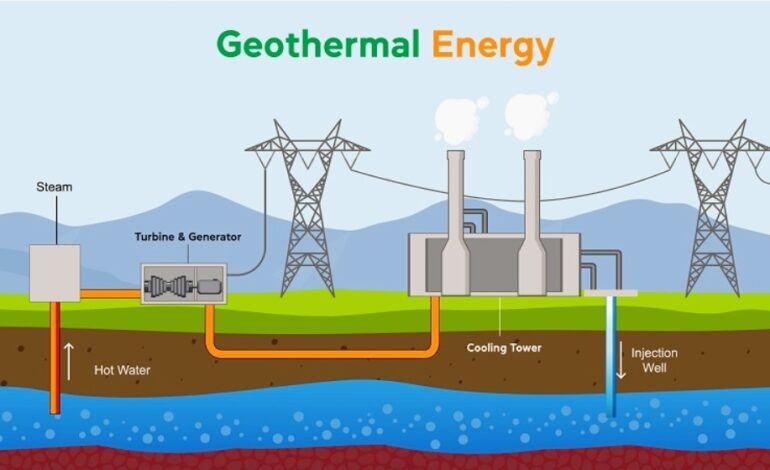
Njoki Kangethe
In this series, we’ve walked together from the very basics of geothermal energy, how steam beneath our feet turns into electricity, to the financing models, country case studies, and community impacts that shape this sector. If you’ve followed from the start, you’ll know why geothermal matters: it is reliable, homegrown, and one of the most promising pillars of Africa’s energy future.
But now it’s time to zoom out. What could geothermal look like by 2030? What policies, financing tools, and community – focused strategies are needed to ensure this ‘heat beneath our feet’ plays its fullest role in Africa’s clean energy transition?
This final piece offers a roadmap: a way to connect today’s projects with tomorrow’s possibilities.
Why Geothermal Still Matters
Africa’s energy access gap remains one of the widest in the world, with over 600 million people still lacking electricity (IEA, 2022). At the same time, the continent sits on a geological jackpot: the Great Rift Valley, where tectonic activity makes heat close enough to tap.
Unlike solar and wind, geothermal is baseload; it runs all day, every day, regardless of weather. In countries prone to droughts (which hit hydropower) or costly fuel imports (which strain national budgets), geothermal offers resilience. By 2030, scaling geothermal could be one of Africa’s strongest bets to meet both climate and development goals.
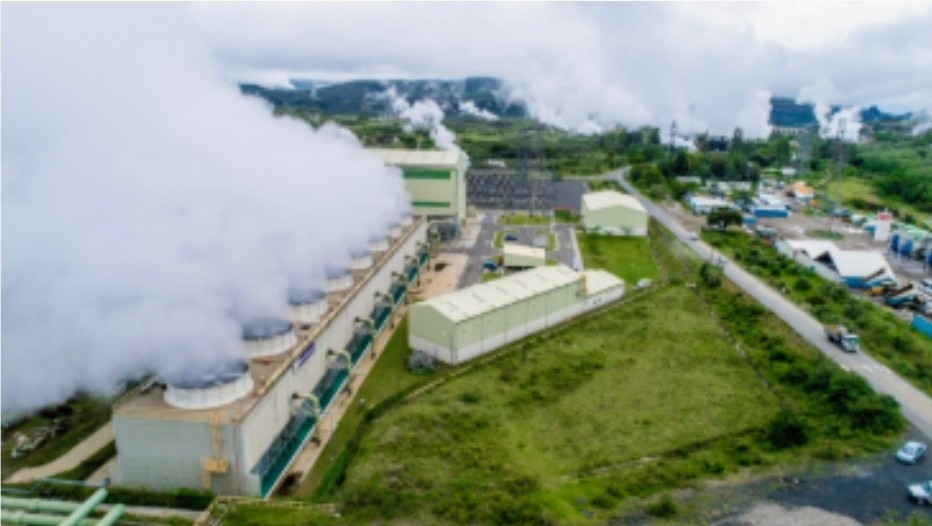
Policy Shifts: Building the Right Foundations
For geothermal to expand meaningfully, governments will need to create enabling policies that reduce risks and attract capital. Key shifts include:
- Risk-Sharing Frameworks: Drilling is the most expensive and uncertain stage. Public geoscience surveys, government-backed guarantees, and regional data-sharing can cut investor hesitation (World Bank, 2020).
- Clear Licensing and Land Use Rules: Transparent permitting avoids disputes with communities, as seen in Olkaria (Kenya) and Corbetti (Ethiopia).
- Integration into National Energy Plans: Countries must commit geothermal as a core part of their least-cost, long-term planning, not treat it as a side option.
Where Kenya has succeeded, it’s because of political commitment to geothermal as a backbone technology. That’s the lesson others must adopt.
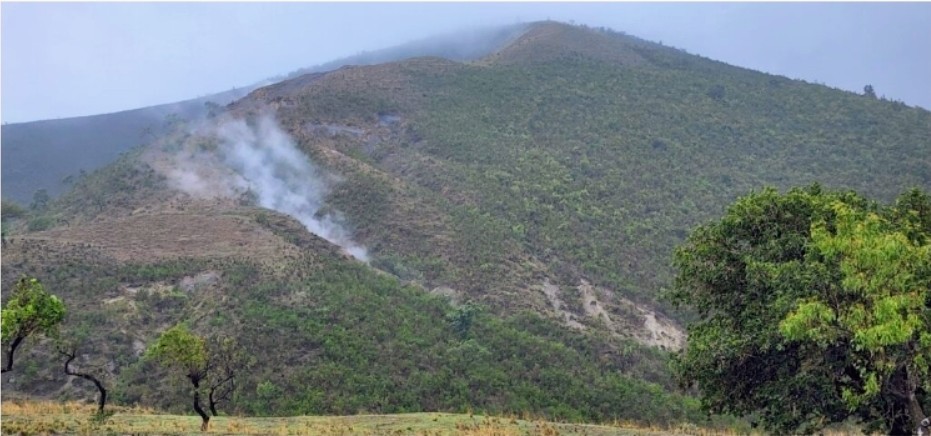
Financing Tools: Unlocking the Capital
The financing bottleneck remains the biggest hurdle. But new tools are emerging:
- Concessional Climate Finance: Grants and low-interest loans from climate funds can bridge early-stage costs.
- Green Bonds: Countries like Kenya could issue geothermal-backed green bonds tied to climate goals.
- Public-Private Partnerships (PPPs): Governments can de-risk exploration, then invite private developers to scale proven sites.
- Regional Development Facilities: Pooled African funds (e.g., via AfDB) could support smaller economies like Malawi or Djibouti to test projects without over-leveraging.
If structured transparently, these tools can prevent debt spirals while ensuring benefits flow locally.
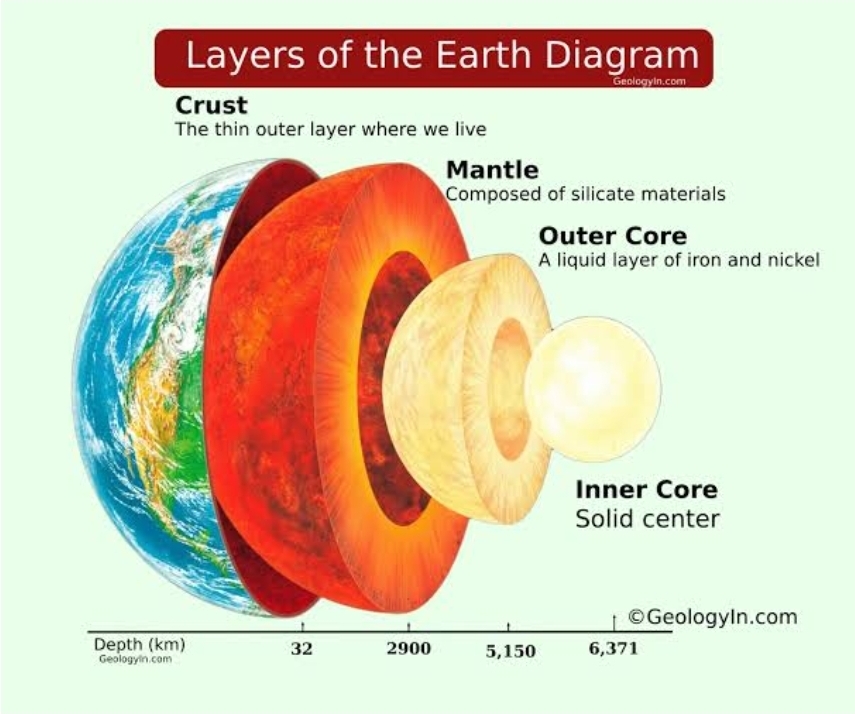
Direct-Use Potential: Beyond the Power Plant
Electricity is only part of geothermal’s promise. Direct-use applications could unlock livelihoods and industries:
- Agriculture: Greenhouses heated with geothermal can extend growing seasons; milk pasteurization and fish farming pilots already exist in Kenya.
- Tourism and Health: Hot springs and spas can boost local economies.
- Industry: Stable heat could power textiles, cement, or even data centers, providing Africa with competitive manufacturing hubs.
By 2030, countries could design ‘geothermal industrial parks’ where power and heat are integrated for economic growth.
Communities and Equity: The Social License
A roadmap is not only technical or financial; it must be just. Communities around geothermal fields often bear the costs (land displacement, noise, ecological disruption). To secure long-term legitimacy, governments and developers must:
- Involve communities early through consultation.
- Share benefits, such as jobs, revenue-sharing, and direct-use projects.
- Protect cultural and ancestral land rights.
Without this, geothermal risks becoming just another top-down project. With it, geothermal can anchor inclusive development.
Geothermal in Africa’s Energy Mix: The Bigger Picture
No one technology can power Africa alone. By 2030, solar and wind are projected to dominate new additions (IRENA, 2023). But their intermittency requires partners. Geothermal, with its reliability, is the glue that can stabilize hybrid grids.
A ‘Geothermal 2030 Roadmap’ envisions Africa building integrated systems:
- Solar by day, wind where available, geothermal as 24/7 backbone, hydro as seasonal, and storage as backup.
- Regional trade that allows geothermal-rich Kenya or Ethiopia to export to neighbors.
- Climate financing that positions geothermal as a climate solution, not just an energy option.
This mix doesn’t just light homes; it builds resilience, sovereignty, and sustainable economies.
Conclusion: A Call to Action
By 2030, Africa could double or triple its geothermal capacity. But that future won’t happen by accident. It requires policy vision, innovative finance, and community ownership.
We began this series by explaining geothermal in the simplest terms: steam turning turbines. We’ve since explored its financing, case studies, and community dimensions. Now, in this roadmap, we see geothermal as more than electricity; it’s a pillar of Africa’s clean energy revolution.
The heat is already beneath our feet. The question is whether we will harness it wisely, equitably, and at scale before 2030.
References
- IEA (2022). Africa Energy Outlook 2022. International Energy Agency.
- IRENA (2023). Renewable Power Generation Costs in 2022. International Renewable Energy Agency.
- World Bank (2020). Scaling Up Geothermal in Africa: Roadblocks and Solutions. World Bank Energy Practice.
- African Development Bank (2021). Unlocking Africa’s Renewable Energy Potential: Geothermal. AfDB.
- UN Environment (2019). Direct Use of Geothermal Energy: Opportunities for Africa.
GEOTHERMAL SERIES REPORTS
AFRICA’S ENERGY SOVEREIGNTY: WHO HOLDS THE SWITCH?
HEAT BENEATH OUR FEET: DO YOU KNOW HOW GEOTHERMAL ENERGY WORKS?
BEYOND THE STEAM: FINANCING AND FUTURE OPPORTUNITIES FOR GEOTHERMAL IN AFRICA
POWER BENEATH OUR FEET: GEOTHERMAL LESSONS FROM KENYA, ETHIOPIA, AND BEYOND
GEOTHERMAL ENERGY AND COMMUNITIES IN AFRICA


